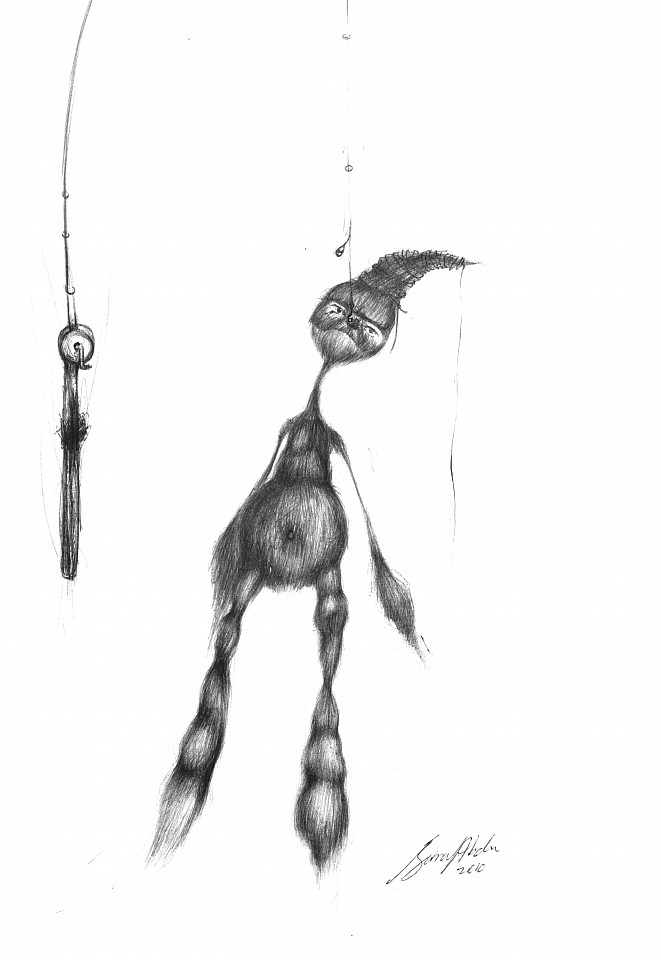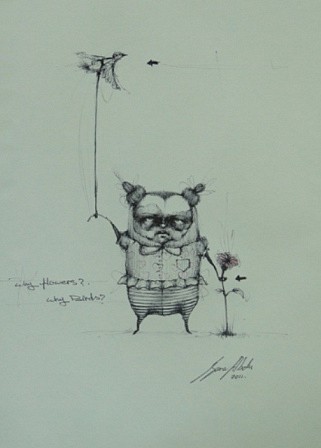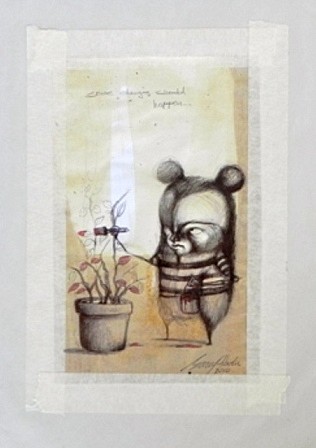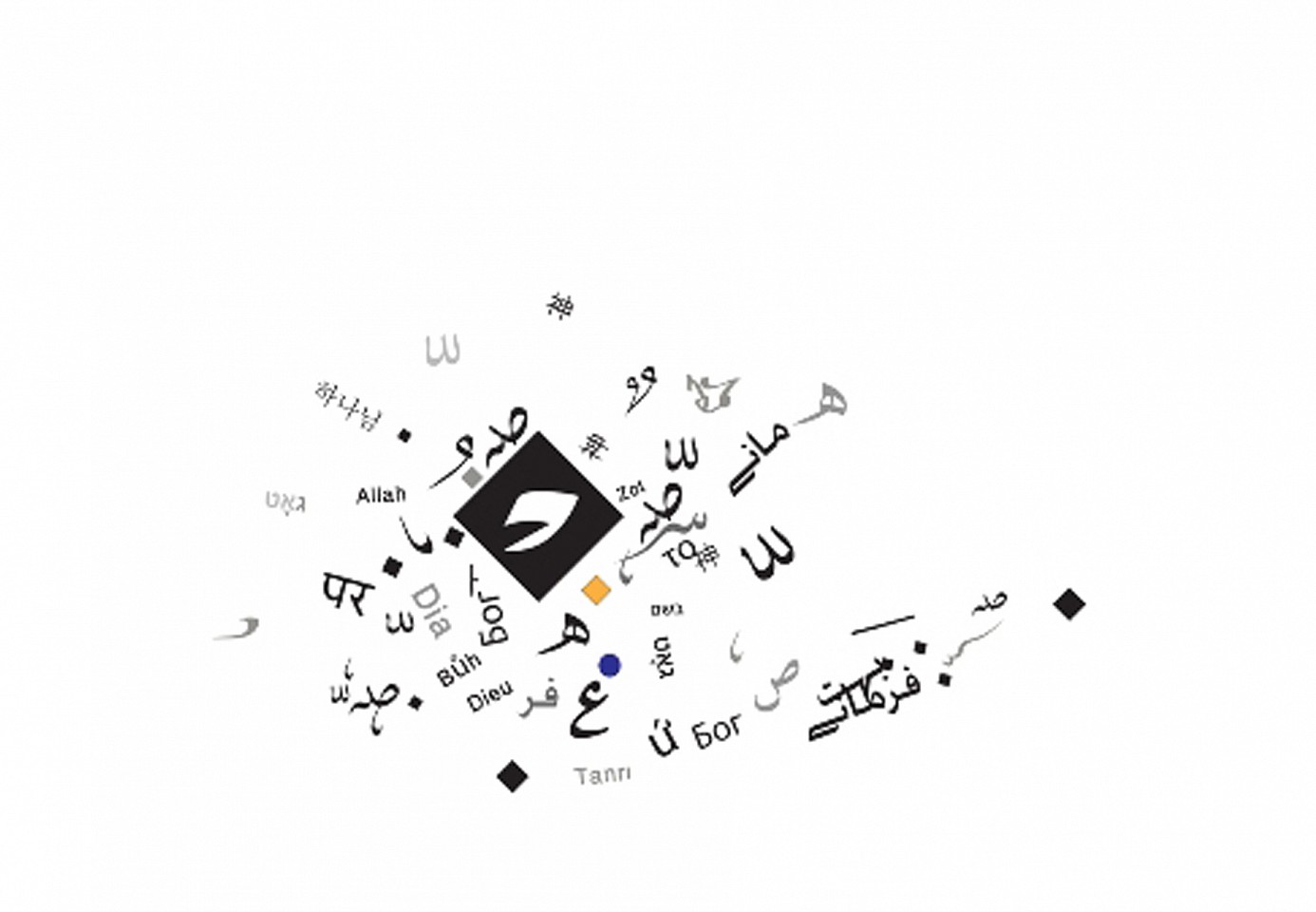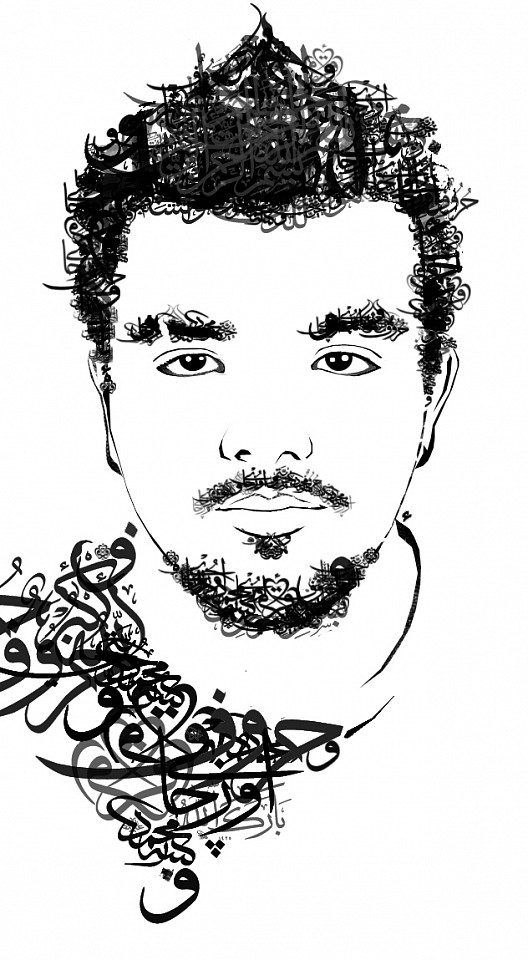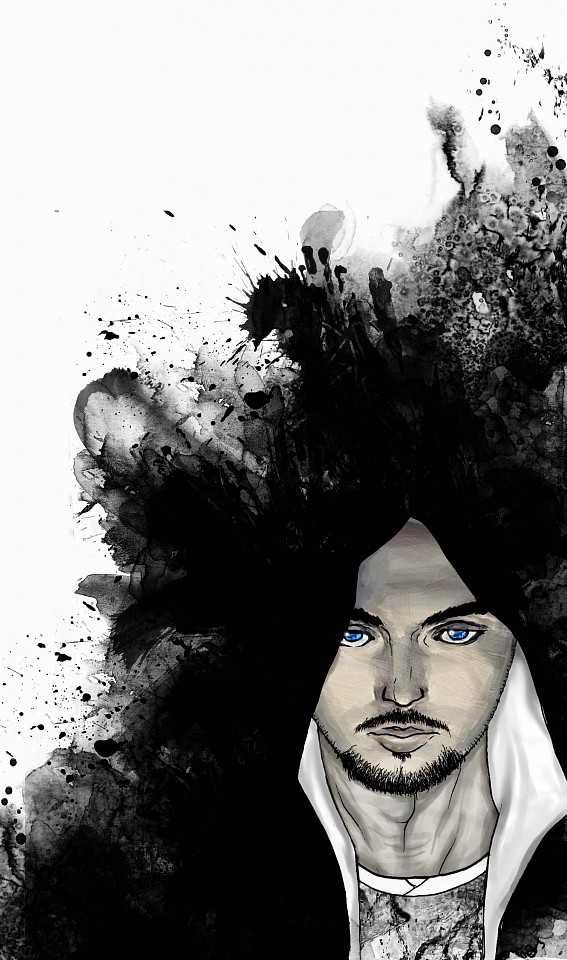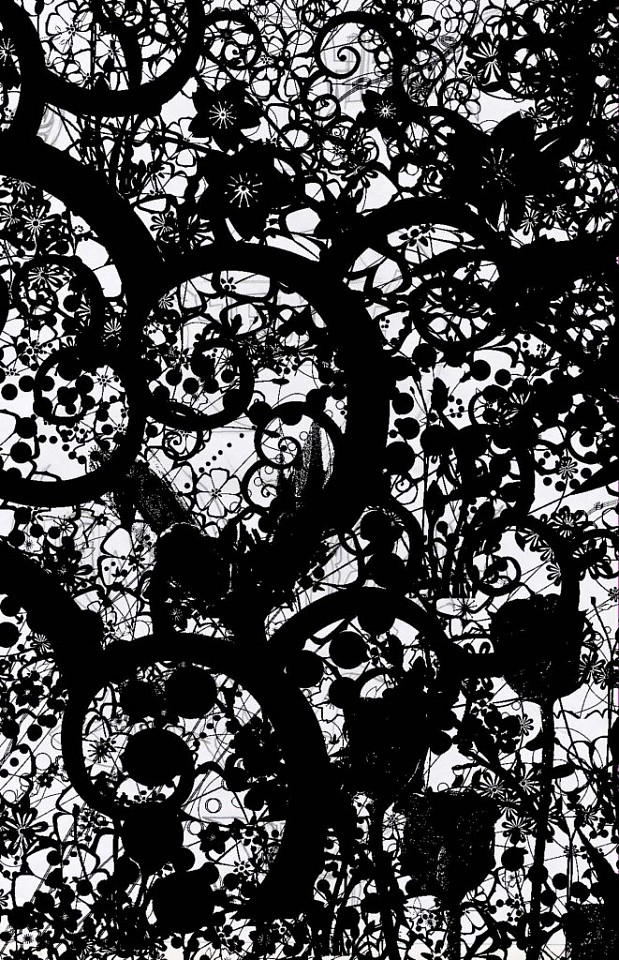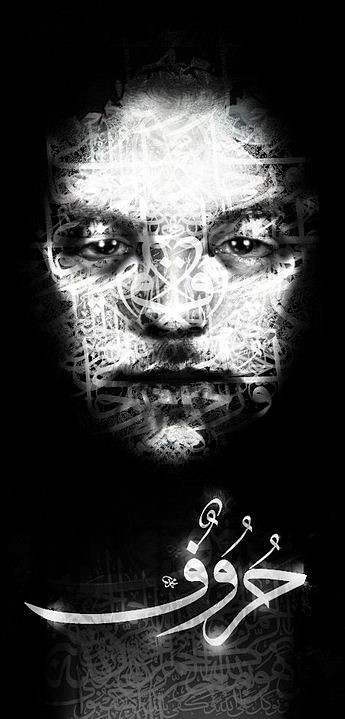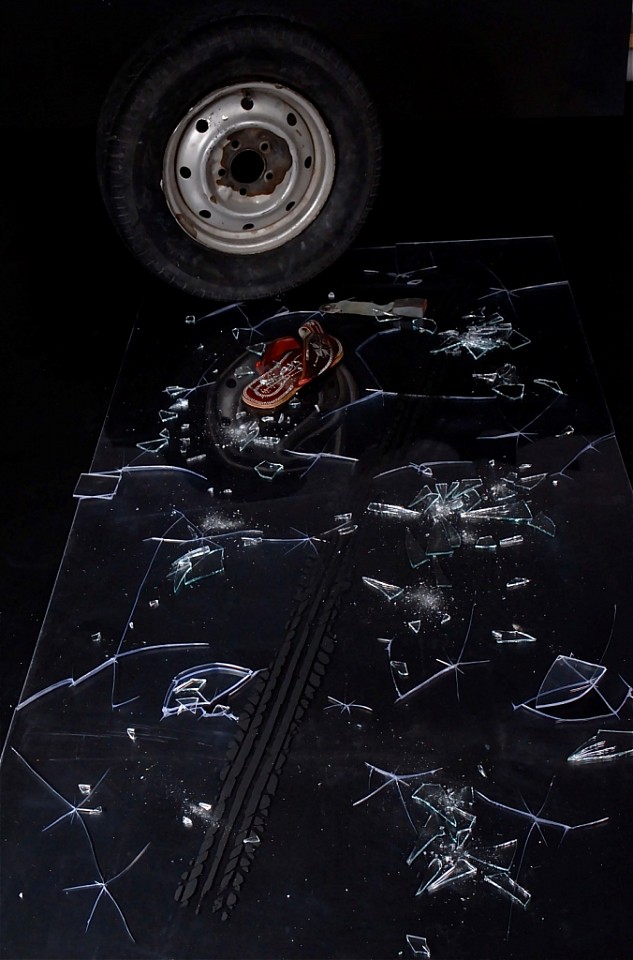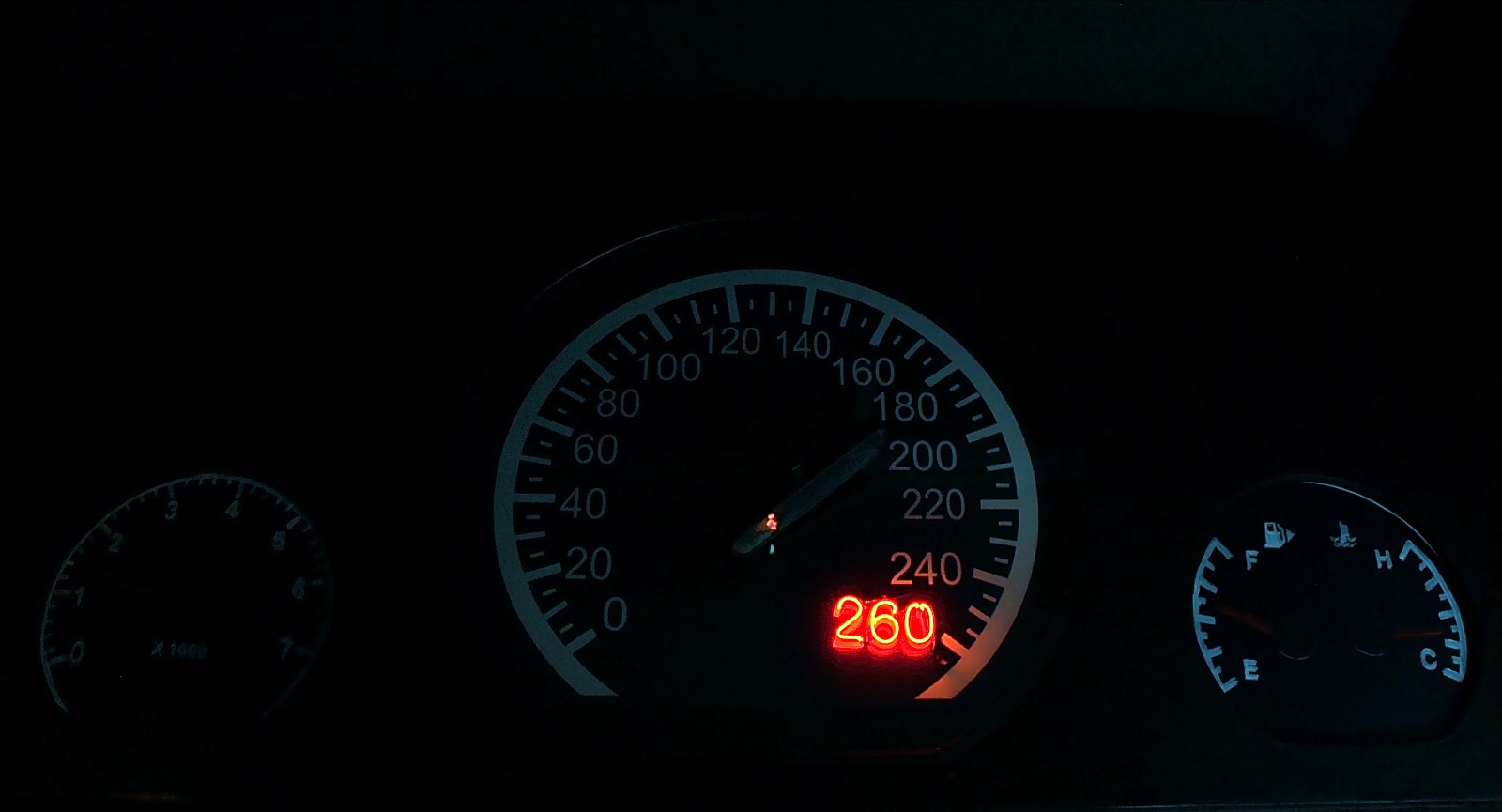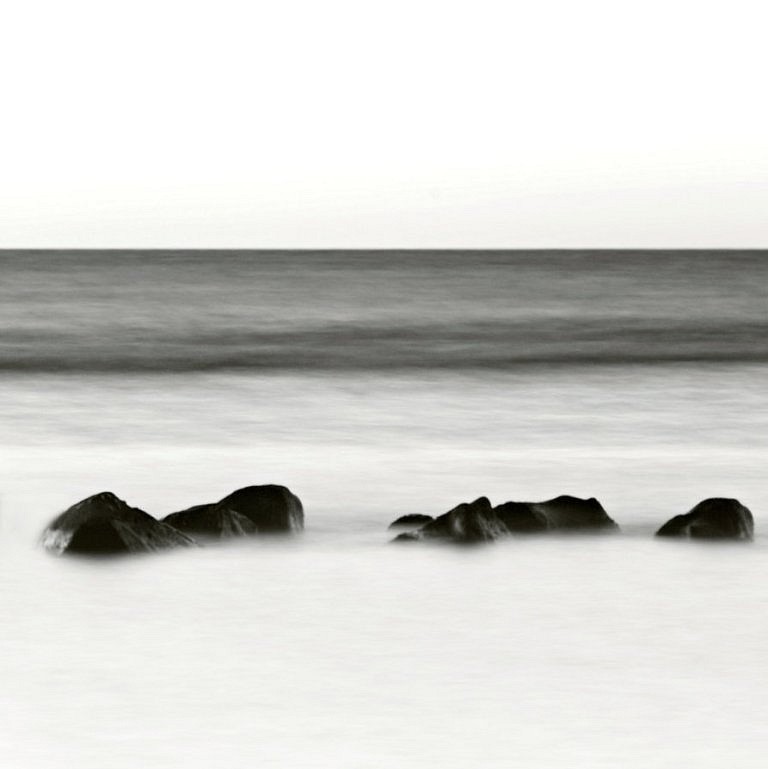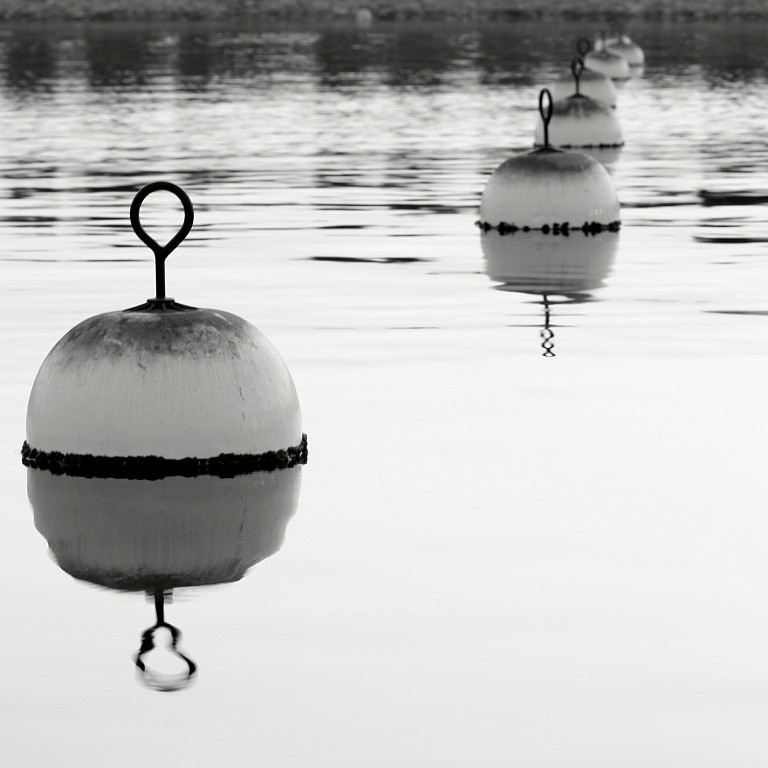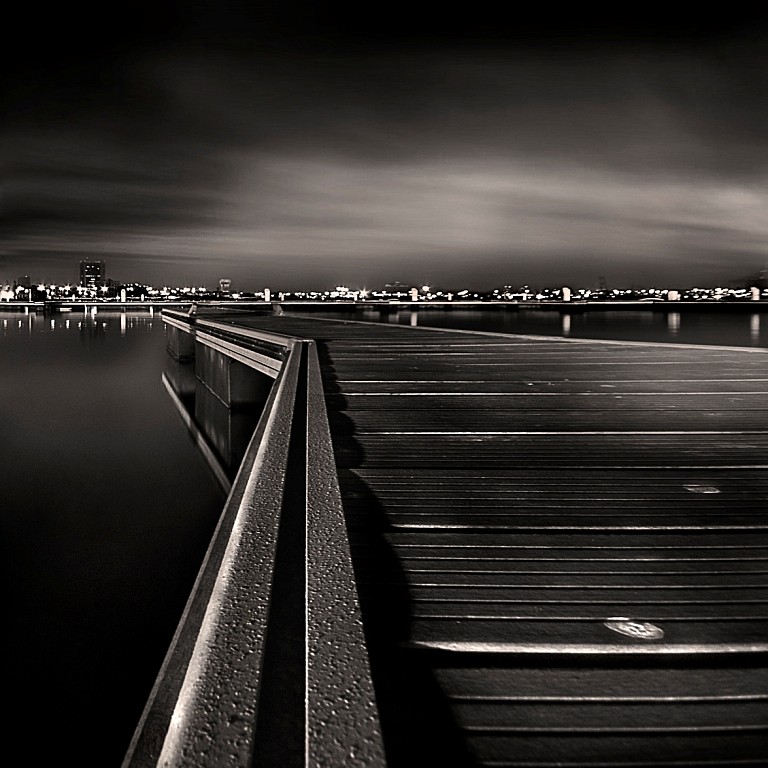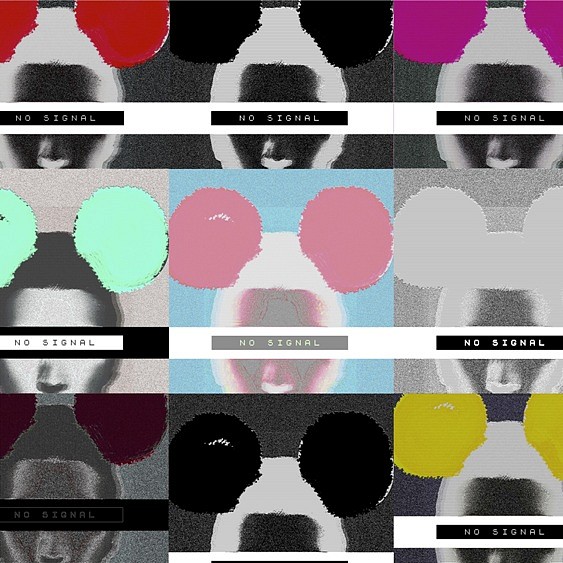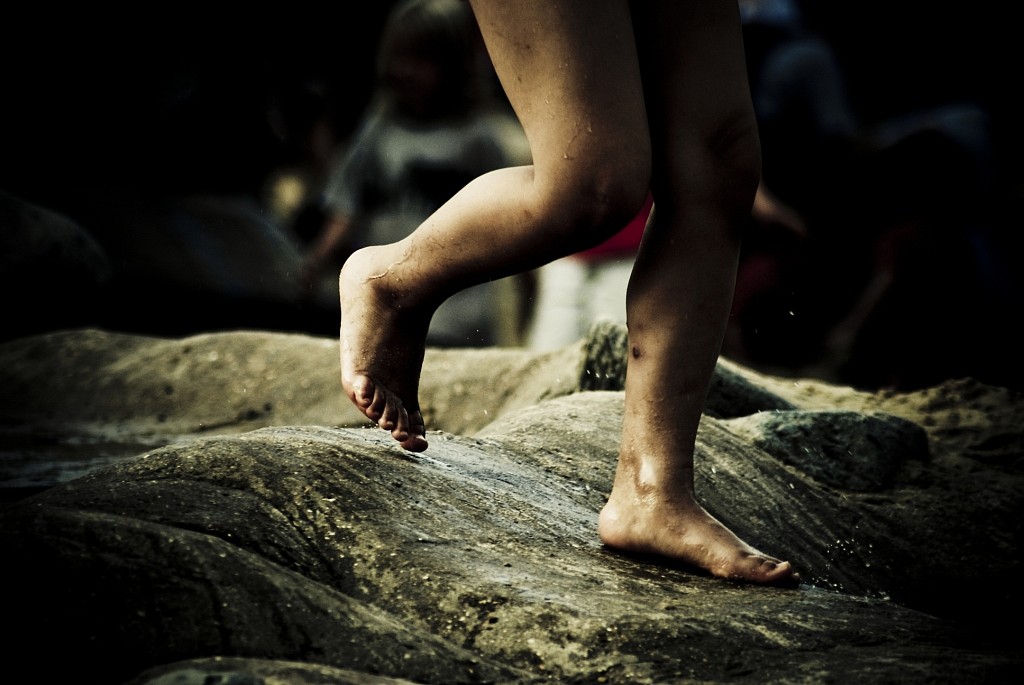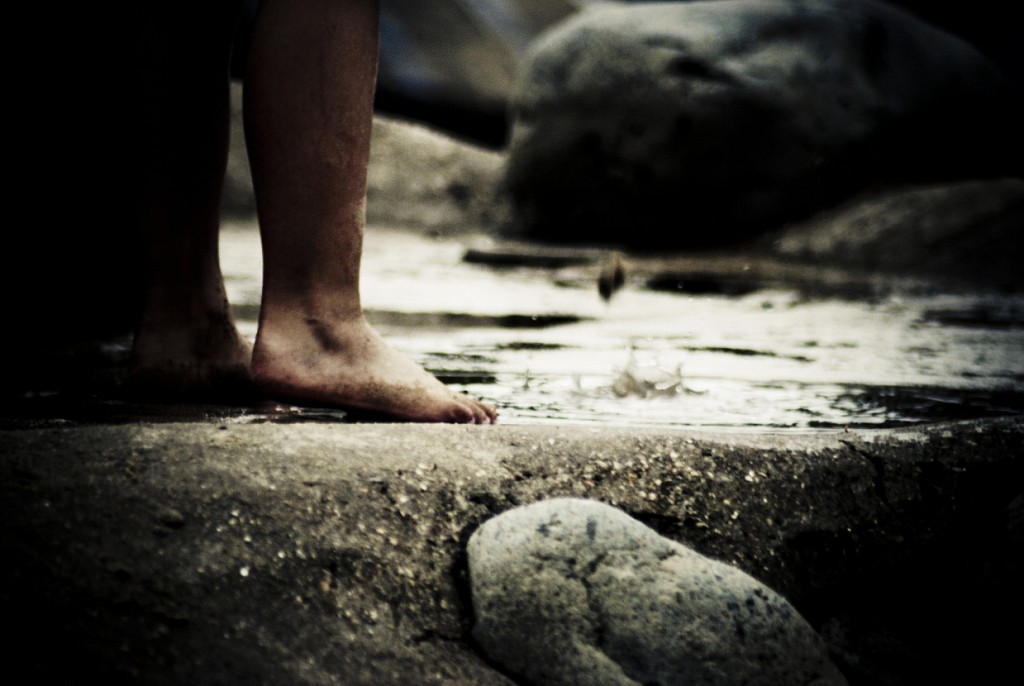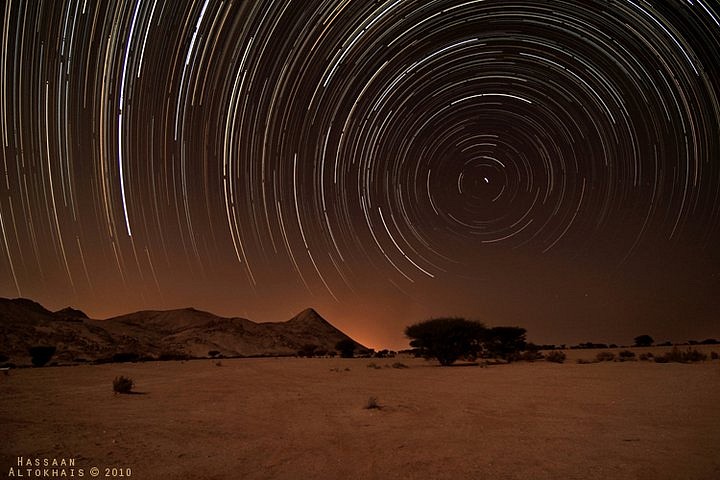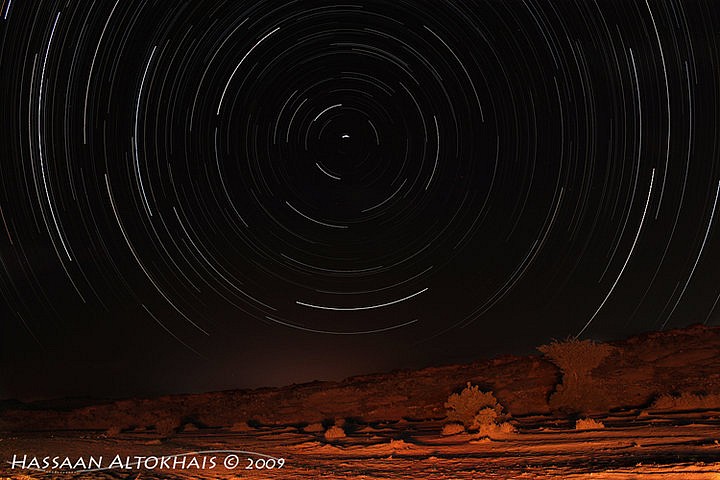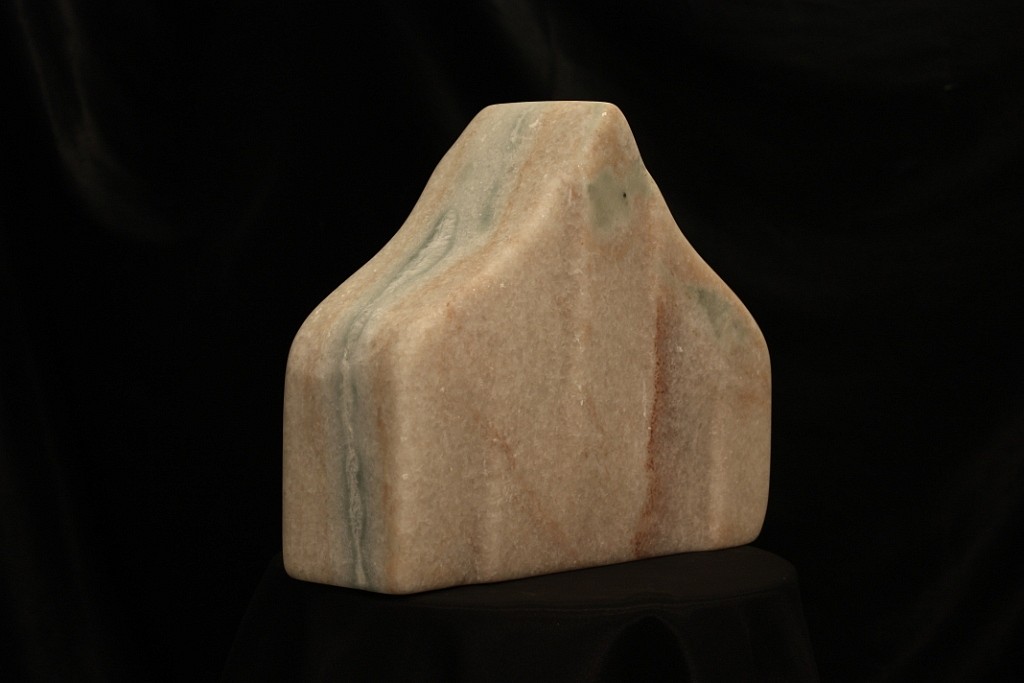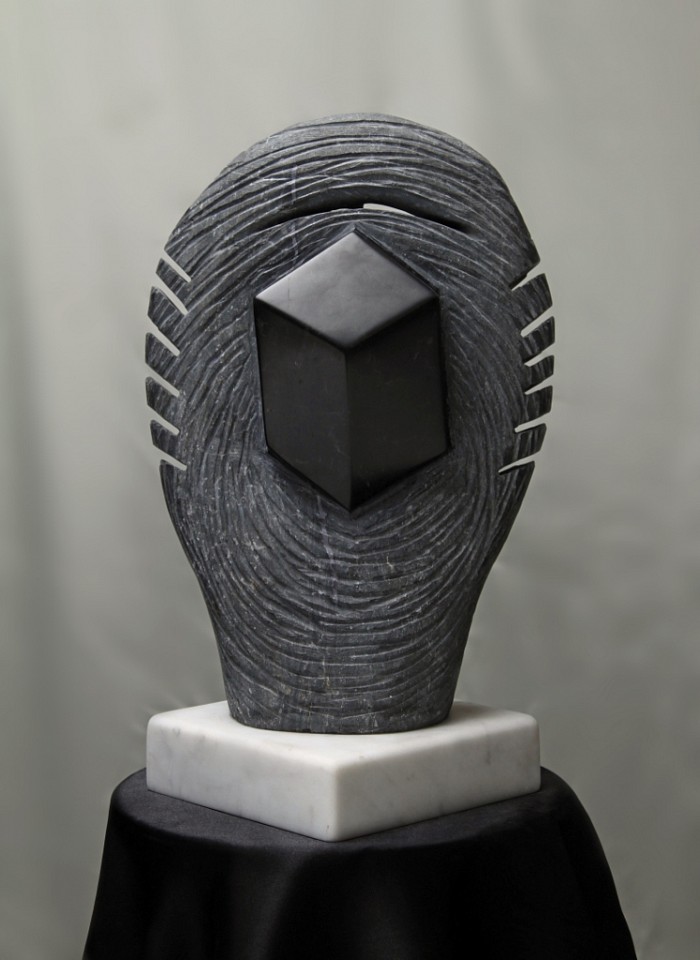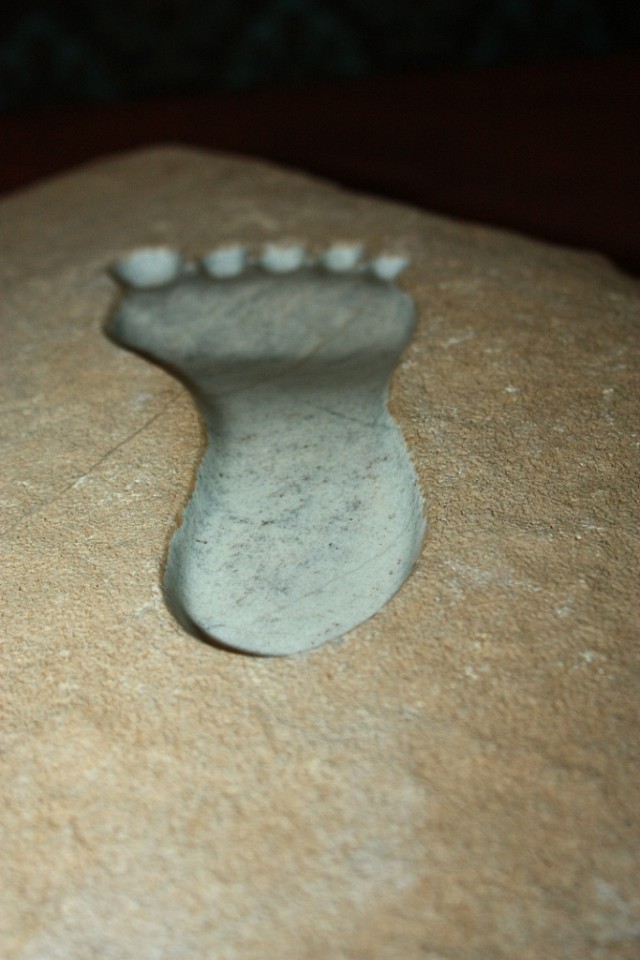Sara Abdu
Untitled, 2010
Dry Ink on Paper
43 x 33 cm (16 7/8 x 13 in.)
SAB0054
Sara Abdu
Why Flowers? Why Birds?, 2011
Dry Ink on Paper
29 x 20 cm (11 3/8 x 7 7/8 in.)
SAB0049
Sara Abdu
Some Change Should Happen, 2010
Dry Ink on Cardboard
33 x 23 cm (13 x 9 in.)
SAB0046
Nasser Al Salem
The History of The Kaaba, 2011
Silk Screen on Paper
70 x 64 cm (27 1/2 x 25 1/4 in.)
Edition of 7 + 2 AP
NAS0063
Faisal Abu Al-Adel
The Arabian, 2010
UV print on metal sheet
70 x 50 cm (27 1/2 x 19 5/8 in.)
Edition size: 8
FAA0000
Faisal Abu Al-Adel
The Dreamer, 2010
UV print on metal sheet
70 x 50 cm (27 1/2 x 19 5/8 in.)
Edition size: 8
FAA0001
Faisal Abu Al-Adel
The Moon of Shadows, 2010
UV print on metal sheet
70 x 50 cm (27 1/2 x 19 5/8 in.)
Edition size: 8
FAA0002
Faisal Abu Al-Adel
Magical Letters, 2010
UV print on metal sheet
70 x 50 cm (27 1/2 x 19 5/8 in.)
Edition size: 8
FAA0003
Badriya Abdallah
Speed 1, 2010
Installation
100 x 200 cm (39 3/8 x 78 3/4 in.)
BAA0000
Badriya Abdallah
Speed 2, 2010
Installation
100 x 200 x 14.5 cm (39 3/8 x 78 3/4 x 5 3/4 in.)
BAA0001
Reem Bajabaa
Family Portrait I, 2010
UV print on metal sheet
50 x 50 cm (19 5/8 x 19 5/8 in.)
Edition size: 8
REB0001
Reem Bajabaa
Family Portrait II, 2010
UV print on metal sheet
50 x 50 cm (19 5/8 x 19 5/8 in.)
Edition size: 8
REB0002
Reem Bajabaa
Promises in the Dark, 2010
UV print on metal sheet
50 x 50 cm (19 5/8 x 19 5/8 in.)
Edition size: 8
REB0000
Huda Nour Beydoun
Click Here, 2008
Print on canvas
87 x 89 cm (34 1/4 x 35 in.)
Edition size: 8
HNB0001
Huda Nour Beydoun
No Signal, 2008
Print on canvas
120 x 120 cm (47 1/4 x 47 1/4 in.)
Edition size: 8
HNB0000
Amna Kamel
Reflections 1, 2010
Print on Wooden Board
60 x 80 cm (23 5/8 x 31 1/2 in.)
Edition size: 8
AMK0000
Amna Kamel
Reflections 2, 2010
Print on Wooden Board
60 x 80 cm (23 5/8 x 31 1/2 in.)
Edition size: 8
AMK0001
Hassan Al Tokhais
Untitled 1, 2010
UV print on metal sheet
53 x 80 cm (20 7/8 x 31 1/2 in.)
Edition size: 8
HAT0000
Hassan Al Tokhais
Untitled 2, 2010
UV print on metal sheet
53 x 80 cm (20 7/8 x 31 1/2 in.)
Edition size: 8
HAT0001
Talal Al Toghais
The Divine names of God, 2010
Marbel (Bianco Rosa)
21 x 25 cm (8 1/4 x 9 7/8 in.)
TAT0000
Talal Al Toghais
Mecca's Finger, 2010
Marbel (Nero Marguina)
38 x 23 x 4 cm (15 x 9 x 1 5/8 in.)
TAT0001
Talal Al Toghais
Athr, 2010
Marble (Gray Spider)
50 x 26 x 7 cm (19 5/8 x 10 1/4 x 2 3/4 in.)
TAT0002











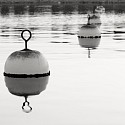
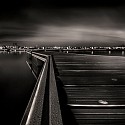









Kaaba Series
Kaaba, is a series of 7 silkscreen prints, depicting the evolution of Islam, past, present and future, centrally focused around an abstract representation of the Kaaba.
Emergence of Islam The Kaaba is represented by a simple black square housing the ‘sukoon’ sign, used in the Arabic language as a symbol for peace of mind. The Kaaba itself becomes an emblem for serenity and tranquility. To the foot of the Kaaba, Makam Ibrahim is found, printed in gold leaf. Facing it, Al Salem injects a single blue dot representing the fountain of holy zamzam water. Either side of the image stand Safa and Marwa, the two elevated peaks between which pilgrims pace back and forth 7 times as an ode to Hajar’s pursuit for water. To the center of the two points is the letter ‘H’ for Hajar in Arabic script.
Beginning of the call to pilgrimage: The same base print is replicated and layered as the history progresses. The calligraphic script represents pilgrims practicing prayer rituals around the Kaaba. The ink is printed dark and the lines are sharp symbolizing their unshakable devotion.
Introduction of statues and beliefs: This period in pre-Islam saw the deviation into polytheism and worship of statues and cast figures. Al Salem prints with faded ink symbolizing the follower’s faded faith.
The time of prophet Mohammed PBUH: The influence of the prophet Mohammad strengthened the assurance and devotion of the people into believing in one God and the teachings of Islam. Not only is the ink jet-black and sharp again but the calligraphic letters have increased, denoting the expanse of the religion.
Present day: As Islam expands, it becomes more globalized, touching different parts of the world, different cultures and languages as represented by the incorporation of new letters and scriptures.
The return to false presumptions and speculations: Al Salem begins to push this narrative from the past into what he foresees for the future. Doubt, speculation and questions have created a divergence in people’s understandings and allegiance. This is represented characterized by the break in uniformity. The letters become scattered and the intensity of the ink becomes graded from strong to weak. Some letters stray further away from the Kaaba, while some are depicted smaller than others.
The End of Time: Ironically, Al Salem’s message is very clear here, though his print is purposely faded. What is left of Islam is but a mere trace. What endures, however, is the eternal fountain of holy zamzam water.
In recognition of the lately growing energy of artistic expression by Saudi youth, Athr gallery is excited to present Y.S.A. The upcoming exhibition, which opens 9th January 2011, presents some of the most disparate artworks by young Saudi artists across a range of styles and mediums. The artworks delicately depict the local collective conscience nowadays.
We see an adamant demonstration, that whilst maintaining awareness of international contemporary art practices, there is a quintessential and naturally inherent Arab authenticity. In each of the works we are conveyed variety of profound messages affecting the youths of Saudi society.
The show explores pushing borders, challenging stereotypes, exploring current realities and venturing into alternative ones. Most importantly, Y.S.A is a platform where Individual artistic identities are made known; some free from the stigma of locality and others a testimony to it.
Featuring:
Badriya Abdallah, Sara Abdu, Faisal Abu Al-Adel, Reem Bajabaa, Huda Beydoun, Nada Hakeem, Sami Jeraidi, Amna Kamel, Eyad Maghazil, Sa’ad bin Mohammed, Saleh AlShehri, Saud Al-Saud, Yousef Al-Shaikh, Nasser Al-Salim, Majed Al-Thebeiti, Talal AlToghais, Khalid Zahid and Salwa Zahid

